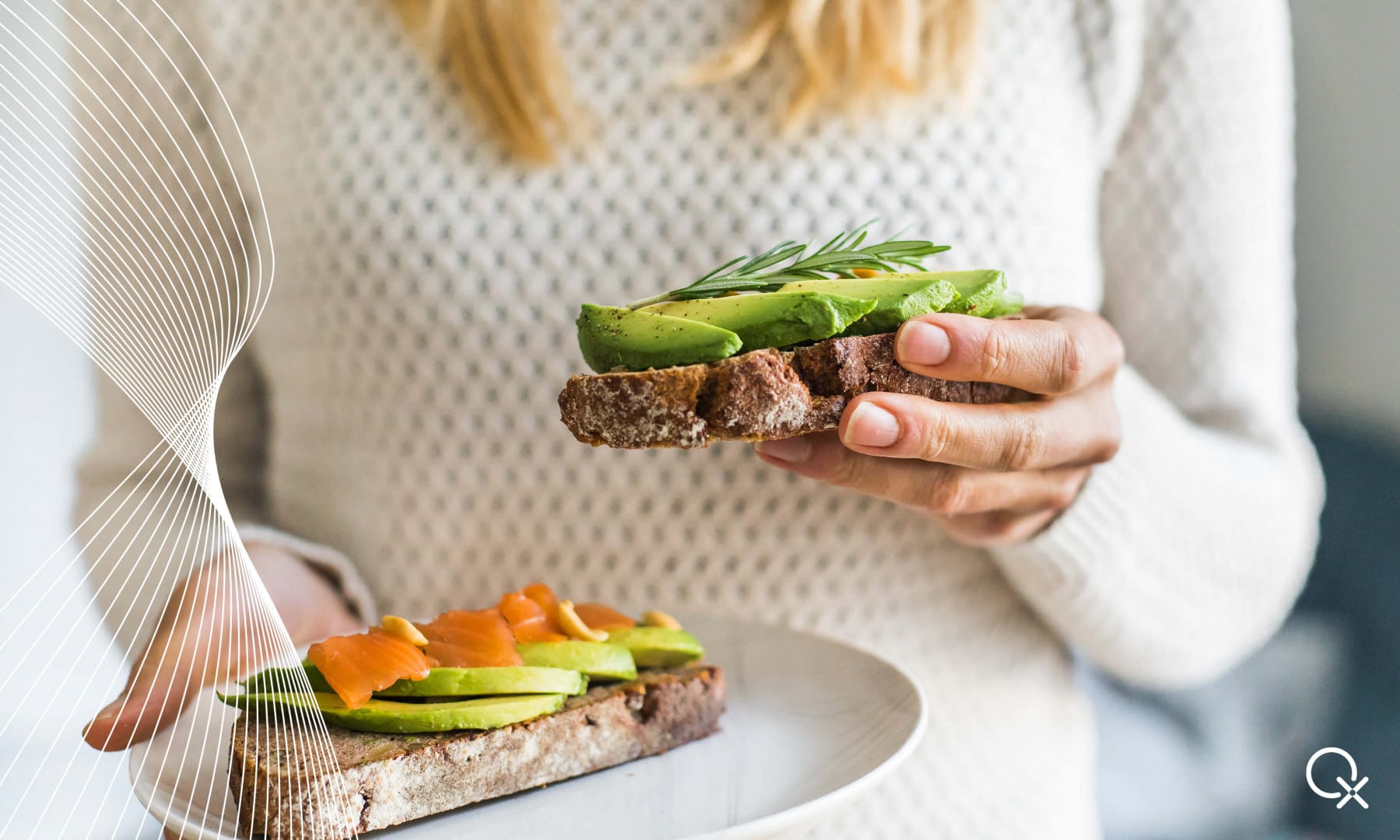
Diets are everywhere. Whatever it is you strive to achieve regarding your body, it is guaranteed you will find a recommended diet while scrolling through the internet that promises to work fast and easy before you know it.
The problem with most of these diets is that they are impossible to keep up and very much focused on looks, particularly on weight loss. They don’t necessarily promote the most optimal way to keep your body healthy and nourished, gaining the most energy possible to drive you through the day, rather they are often careless about health.
If you think about it, food serves to fuel the body, which makes it logical that the way we eat plays an important role in the way we feel. So, in this article, the focus is on the following: what kind of diet should you implement on an everyday basis that will make you feel the most sustainably energized, the most amazing? Perhaps, it is even better to call it a lifestyle instead of a diet. A lifestyle to make you feel amazing.
The food we consume contains energy in the form of nutrients: proteins, fats, and carbohydrates, all of them incredibly important in fuelling the body. These nutrients are broken down into even smaller elements that the body absorbs as fuel – which is the well-known process called: metabolism. When juggling with nutrients to establish a nourishing and balanced eating routine, there are foods to avoid, and foods to go for.
Let’s start by addressing the elephant in the room: processed foods such as white flour, white bread, white rice, fruit juices, breakfast cereals, potato chips, sugar, the list goes on, are not on your side. These are all simple carbohydrates that spike your energy levels real fast, just to come crashing down the same way. Avoiding them can be a good starting point in your journey towards better health and balanced energy.
On the other hand, complex carbs high in fiber like steel-cut oats, whole grain bread, and pasta, brown basmati rice, starchy vegetables like potatoes and beans are sustained sources of energy as they are digested slowly and consistently. There are no sudden spikes, nor sudden crashes.
Foods high in protein to go with the complex carbohydrates are also an essential part of a balanced meal. Chicken, fish, turkey, and eggs, as well as chickpeas, beans, and lentils as a vegan option, serve as great sources of protein. Healthy fats from avocados, nuts, and seeds in moderate amounts are also recommended. The best way to do it is to include a bit of all these options in every meal you have.
So far, we have covered what to eat, and what to avoid. The next question is how often and how much? For this we’d like to refer to the intermittent diet, where longer periods without eating are very positive for different mechanisms in the body, which we will take a closer look at later.
To top it all off, let’s also state the obvious. Without drinking sufficient amounts of water, you are not going to achieve the desired results. Staying hydrated is just as important as all of the above. Getting on the right track is not easy, so give yourself time. Take it all one step at a time. Be kind to yourself. Listen to your body. Keep track of how your body reacts to the changes you make: when it comes to eating your body is smarter than you are, all you need to do is listen. Enjoy.
Omnis’ various panels can effectively help gather valuable data to determine what kind of diet is the most suitable for your body. Furthermore, biofeedback therapy can help nourishing your body on a cellular level.
You liked this article and you are interested in more? Check out our QX World Facebook page and website to find further empowering posts about physical and mental health. For any further questions please contact us via email or Facebook, we are excited to hear from you, and our experts are happy to assist you as soon as possible!
+1 (989) 681-1063
+1 (856) 322-8589